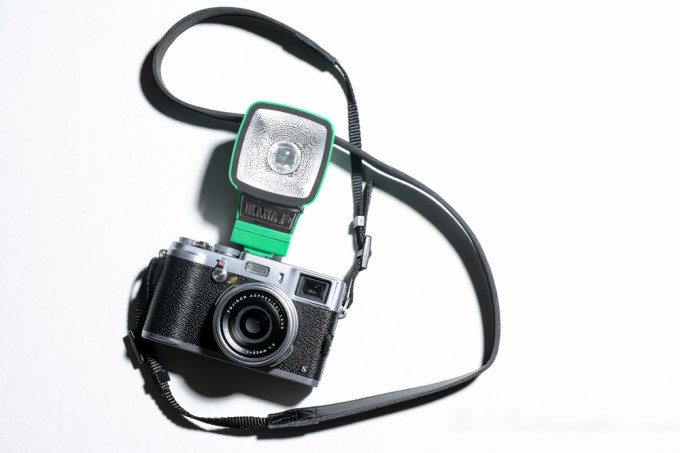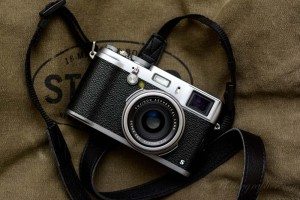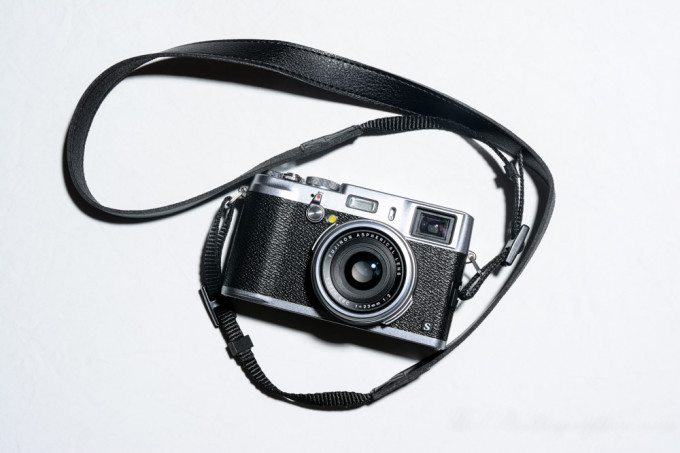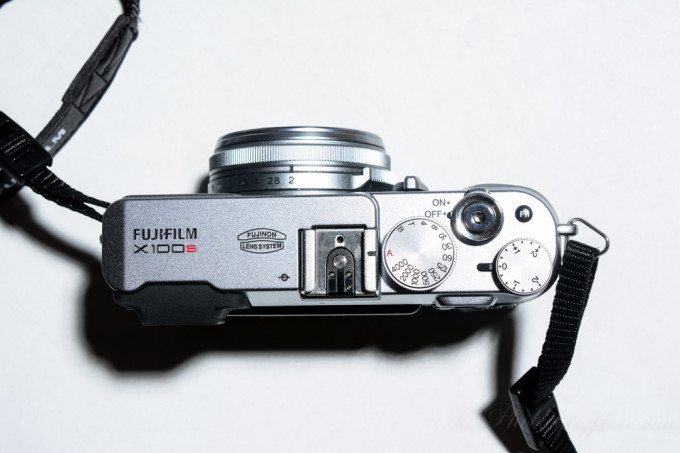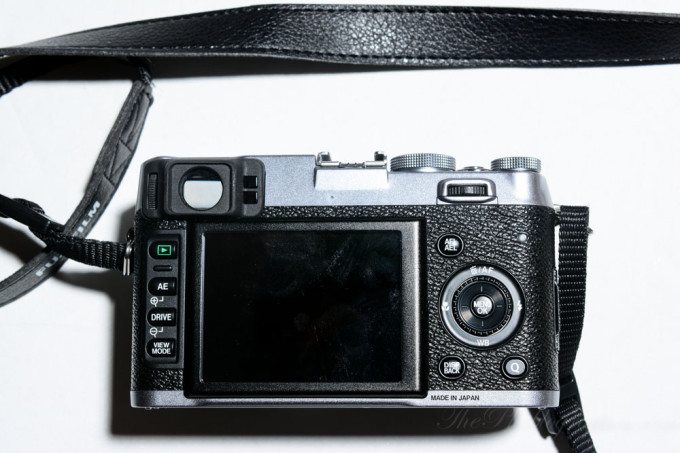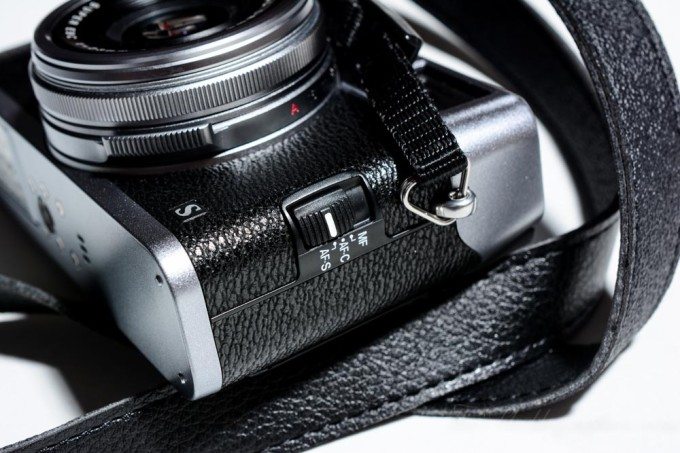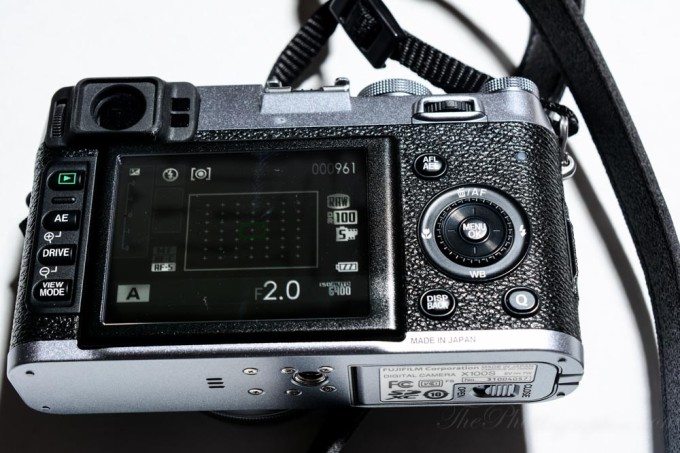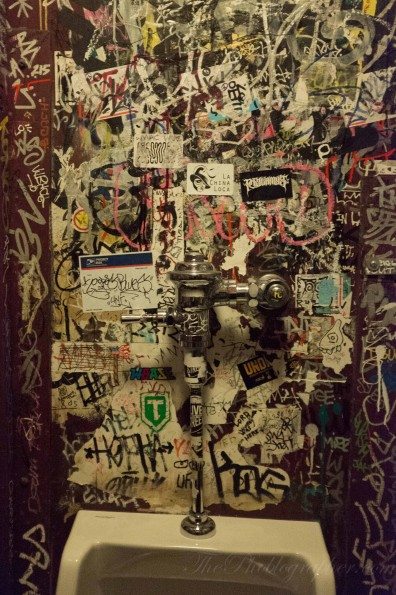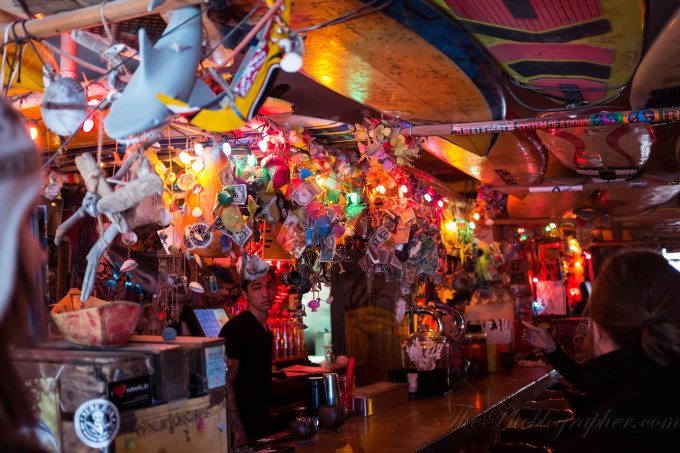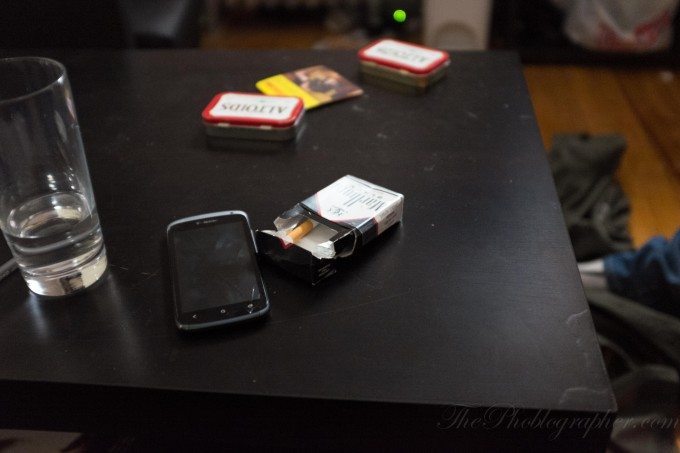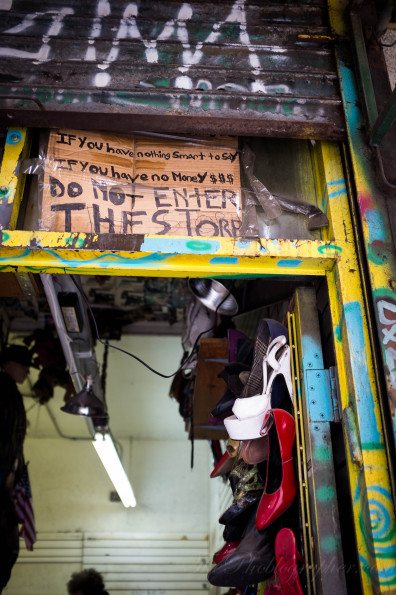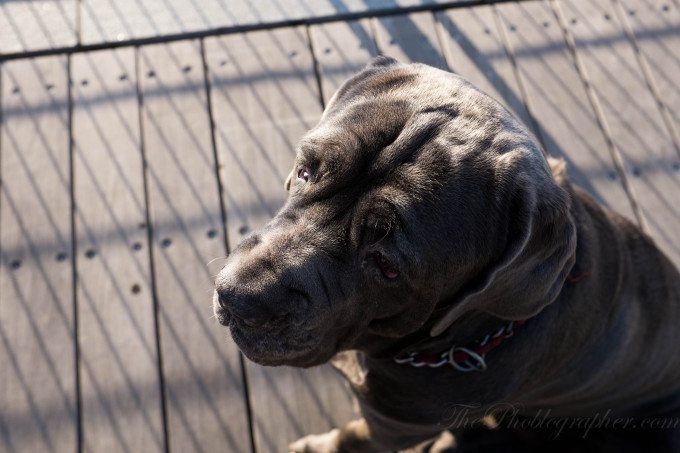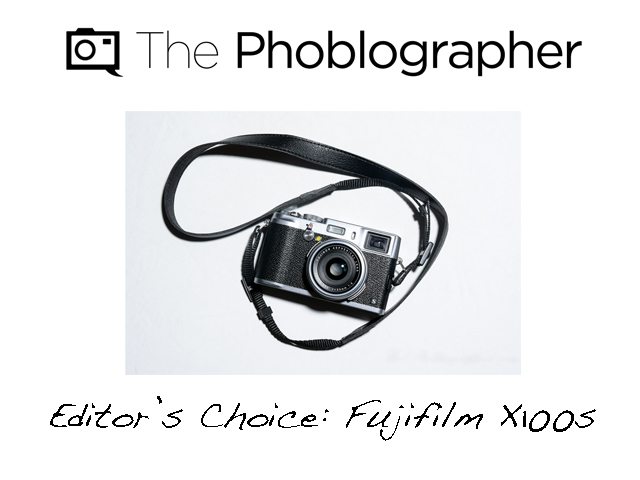Last Updated on 04/06/2013 by Chris Gampat
The Fujifilm X100s is the successor to the very highly regarded X100. We had a first impressions experience with the camera during CES 2013, and were pretty impressed with it back then. During our time with the camera, we passed it around during our first NYC meetup and we also tested it on the streets. The X100s deserves tons of praise partially because of the fact that Fujifilm actually listened to their customers. Mix this in with its quiet leaf shutter and a vintage inspired design that will appeal to veterans and you’ve got yourself a winner, right?
For the most part, yes. But nothing is perfect.
Pros and Cons
Pros
– Excellent image quality
– High ISO images are almost noise free
– Drastically improved autofocus
– Super quiet shutter
– The camera retains all of the controls of the X100 being put in just the right spot
– Card write speed has been substantially improved
– Small and super lightweight camera that can become your constant companion
Cons
– We’d love a dial for ISO control. Perhaps incorporating this into the shutter speed dial the same way that old film cameras used to would be best.
– Autofocus suffers in low light
– The lens should have received a revamp in terms of optics
– Really wish there was a switch around the lens for the ND filter
– Wish that the shutter could sync with flashes up to 1/2000th. Currently, it can do it to 1/1000th Correction: it can only sync so fast with PocketWizards
Gear Used
For this review, we test the Fujifilm X100s and sometimes included the Lomography Diana F flash.
Tech Specs
Technical specifications pulled from Adorama’s product page listing
- 16.3MP APS-C X-Trans CMOS II sensor
- EXR Processor II
- Intelligent Hybrid Autofocus (with AF speed up to 0.08 seconds)
- Start-up time of 0.5 seconds
- Shutter time lag of 0.01 seconds
- Shooting interval of 0.5 seconds
- High Definition Hybrid Viewfinder (Optical + Electronic)
- FUJINON 23mm F2 fixed lens
- Revolutionary Digital Split Image display
- Focus Peaking function
- High-contrast and wide viewing-angle 2.8inch Premium Clear LCD (460K dots)
- Super Intelligent Flash
- Burst shooting rate of up to 6 frames per second at full resolution (max 29 frames)
- Artistic filters
- Full HD video recording (60fps / 30fps)
Ergonomics
Fujifilm’s X100s is almost devoid of changes from its predecessor the X100 when it comes to the exterior. But from the start, we can find one: there is a little S in the corner of the front of the camera.
Here is where you’ll also find the EVF/OVF switch, flash, the OVF, and the 23mm f2 lens. This lens has an aperture ring around it that goes in full stops. The camera’s grippy area is meant to look like leather but instead feels like some sort of weird plastic.
When you look at the camera from straight on you see no pretentious designations such as a big red dot.
The top of the X100s is where you’ll control some of what the camera can do. Here you can see the on/off switch around the shutter release, the Fn button (which we’ve assigned to the ISO), the exposure compensation dial, the shutter dial, and the hot shoe.
Plus you’ll also see the Fujifilm X100s branding here.
Turn to the back and you’ll see lots more controls. Around the 2.8inch 240K dot LCD screen, you’ll find buttons and dials. The top switch is meant for users to adjust the shutter speed or aperture (fine tune it, that is.) Below that you’ll find the AEL/AFL button next to the card writing light.
Below this is the control dial that will make Canon users feel very much at home. Press it in any one of four major directions and you’ll have direct controls to different settings. Below this is the display/back button and the Quick Menu button.
To the left of the LCD are the playback button, Auto Exposure button, drive button, and the view mode control button. Above this is the viewfinder which can switch between EVF and OVF.
To the left of the camera are more controls, but this time it is a simple focusing selector switch. You’ll be able to choose from Manual focusing, continuous focusing, or single focusing.
Build Quality
If you hold something like an X Pro 1 or an OMD EM5 and then hold the X100s, you’ll realize start to think that this camera feels a bit like a toy. But if you just spend lots of time with it, you’ll realize that the camera is actually built quite well.
Everything about it is solid for the price point. It has survived bangs in the NYC subway, tourists bumping into it, and being in my camera bag. It still hasn’t suffered from a scratch or anything else.
This camera is targeted at the advanced users, and those users will take very good care of this camera because they would appreciate it the most. With that said, we’d also probably recommend putting some Gaffers Tape in certain places to add more protection.
Autofocusing
This camera’s autofocusing is a mixed bag. First off, Fujifilm cameras let you enlarge or shrink the size of the autofocus point. The smaller the point, the more fine-tuned the focus will be and in turn the slower it will go. The larger the point, the less fine-tuned the focusing will be and the faster it will go.
Switch the camera into EVF mode and it will focus significantly faster than it can in OVF mode.
Something else that was of major concern was manual focusing. The X100s has a digital split prism focusing system as well as focus peaking. Either one can be used to make manually focusing easier. However, this only works in EVF mode. What would be nice is if Fujifilm could figure out a way to make that prism display work in the OVF mode. Otherwise, a rangefinder system similar to Leica, Zeiss and Voigtlander but digitally might also work wonders in the next refresh.
Ease of Use
We expect that this camera will end up in the hands of seasoned veterans–I mean think about it, there is no auto mode except for Program. Shooting is really not a problem because all of the controls are right where you want them. If you want to do anything else like choose the ND filter, select the focusing point, choose the flash mode, select the film simulations, etc you’ll need to go into the menus. The menus are color coded generally. However, if you access the menus from the buttons on the left of the LCD, you’ll experience shorter and more straightforward navigation.
Image Quality
Fujifilm uses the X Trans sensor to get the image quality that it does. It is an internally developed sensor that randomizes the RGB color pattern. The result is better color, better noise control, and a totally different type of job for the wizards over at Adobe and Capture One. Lightroom and Capture One Pro do a good job working with the X100s’ raw files, and users that choose to utilize the camera to its fullest potential will greatly appreciate this.
Overall image quality from the X100s is really quite good. We didn’t test the JPEGs out but people will be happy to hear that the raw files will hold loads of information that will make editing much easier. The colors are also quite reminiscent of what Fujifilm’s stock of films would emulate. Users can choose from Velvia, Astia, Provia, Neopan or the Pro negative films. And they’re usually quite good. Just imagine shooting the Pro Negative film at ISO 400 or 800 and getting noise free images.
Despite all of this, many people claim to love the JPEG output from this camera and the X Pro 1. If you’re the type of person that prefers to just shoot JPEGs, then we encourage you to go ahead and try that. But we also must emphasize that you should try RAW shooting as well to see what you can get. Personally, I’m of the belief that no camera in the world can ever tell me what I want but it can come close. I will still always need to do some sort of processing.
High ISO Image Quality
High ISO image quality from the X100s is about on par with the performance from the X Pro 1–the company’s flagship mirrorless camera. However, it must be taken into consideration that the X100s is not an interchangeable lens camera at all.
When we imported files into Adobe Lightroom, we only started to see noise at ISO 3200 and at ISO 6400 it was still very well under control. The issue there though was moving a noise reduction slider a couple of steps while trying to maintain absolute sharpness.
When we shot at ISO 6400, we also often shot with the lens wide open–where it is at its softest. Combine this with trying to reduce the noise and you’ll have a bit of a challenge. However, it can easily be dealt with. Here are some more high ISO image samples.
RAW File Versatility
Fujifilm’s raw files have always impressed us with just how versatile they’ve been and the X100s is no exception. If you shoot one image, you can very easily turn it into an HDR providing that you’ve metered correctly. Beyond this though, we were also very surprised at how much color depth each image has before they start clipping.
In all honesty, this camera’s RAW file performance had me looking at my Olympus OMD EM5 and thinking to myself that its raw files just weren’t up to standard. Indeed, the Sony sensor inside the OMD is far outperformed by the X100s. Granted, that is a Micro Four Thirds sensor, but it is one of the best in the mirrorless camera segment. With that in mind, we’re bound to get questions of whether someone should get a mirrorless camera or the X100s–and this little camera is wiping the floor with Micro Four Thirds options right now in terms of sensor performance.
Editor’s Addendum: something else that we must add in the fact that we found that incorporating the ND filter in sometimes really degraded the image quality. Here’s what we mean.
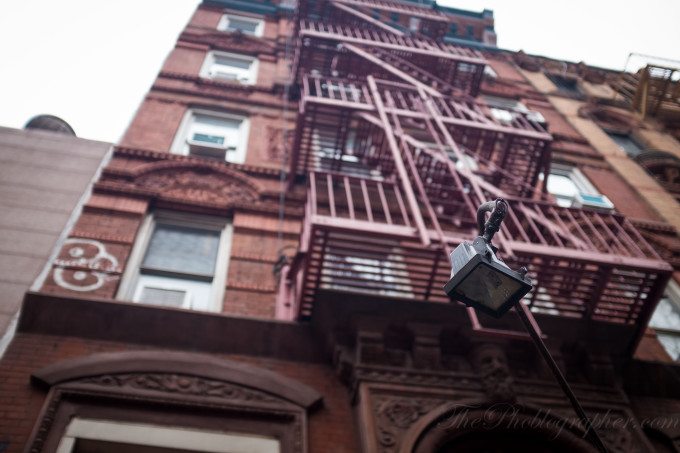

Extra Image Samples
Conclusions
There isn’t much terrible to say about the X100s. The sensor performance is excellent, the autofocus performance in good light is outstanding but could be better in low light, and the overall build quality is really quite good too. As is, the camera is rather exceptional, but could do with some minor improvements. For example, with the bump in megapixels, we would’ve liked to have seen an optical update to the lens–at least one that we could see. Additionally, an ISO dial would have been a very welcome addition as well if it were incorporated into the shutter dial in the same fashion as the way older film rangefinders used to do it.
Otherwise though, I’m sad to see this camera go as I need to return it to Fujifilm. But it is highly recommended by us and I may even end up picking one up soon.
The X100s is available for purchase from Amazon, B&H Photo or Adorama.
Please Support The Phoblographer
We love to bring you guys the latest and greatest news and gear related stuff. However, we can’t keep doing that unless we have your continued support. If you would like to purchase any of the items mentioned, please do so by clicking our links first and then purchasing the items as we then get a small portion of the sale to help run the website.


